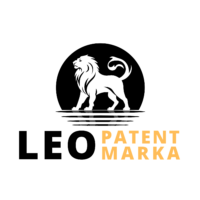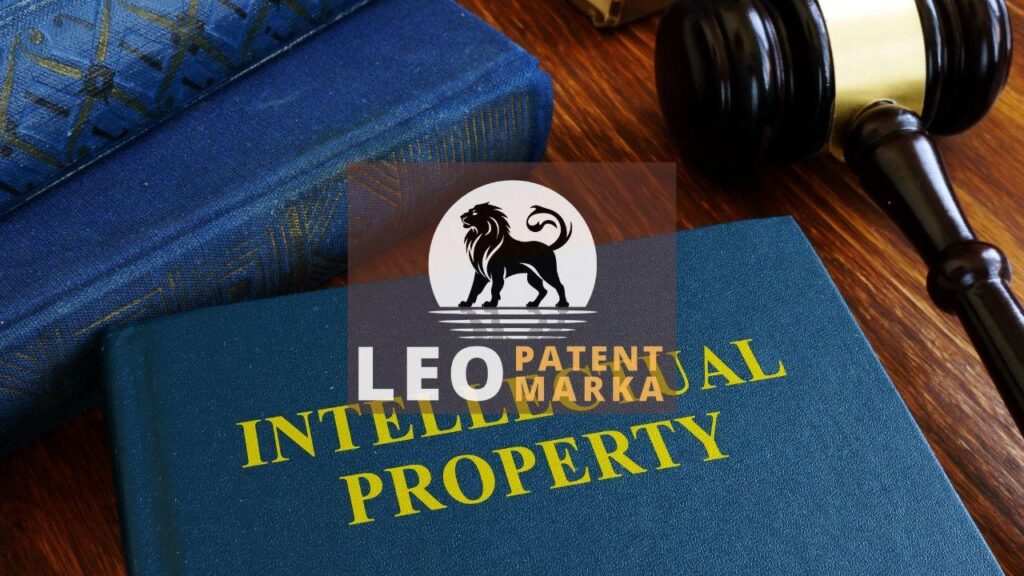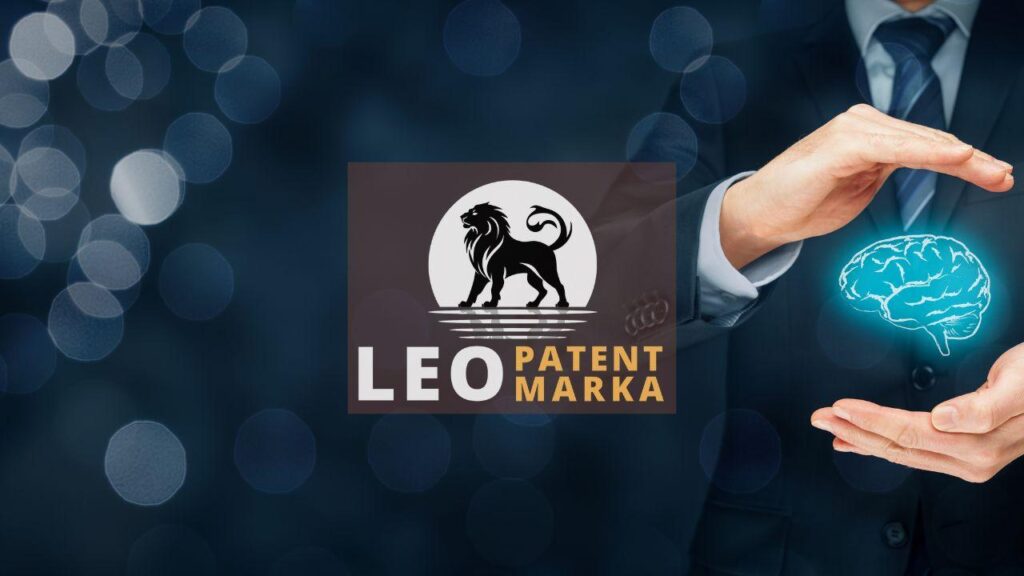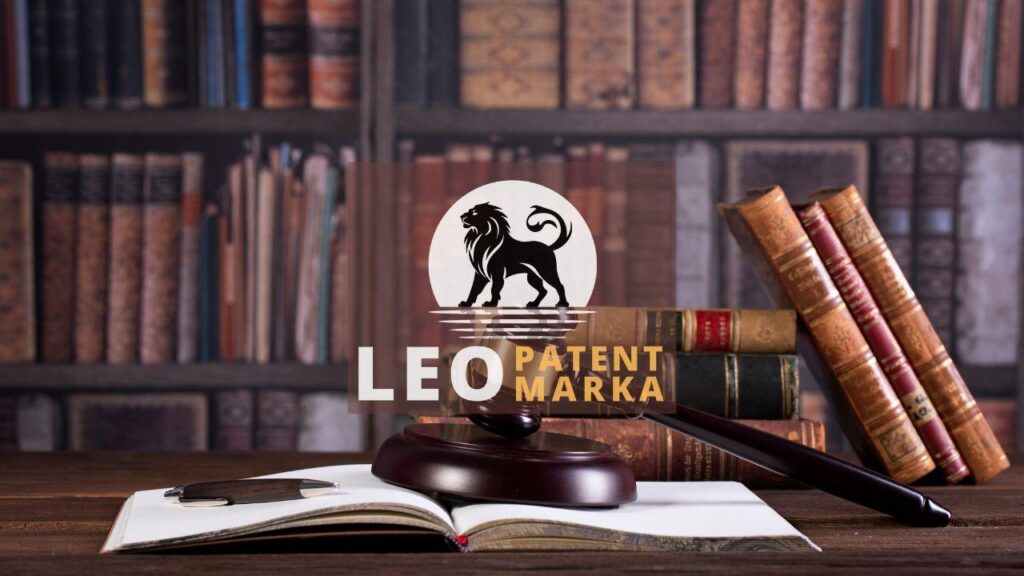Navigating the complexities of intellectual property requires precise know-how, especially when it comes to patent licensing agreements. A well-drafted patent license agreement is crucial for safeguarding your intellectual property rights while maximizing the commercial potential of your inventions. At Leo Patent, we understand the nuanced intricacies of Turkish and international intellectual property laws and offer expert guidance in the preparation of patent licensing agreements. Our experienced team ensures that every agreement we draft is tailored to your specific needs, covering all critical aspects to protect your interests. Whether you’re looking to license your patent to a third party or require assistance in negotiating terms, our comprehensive services provide the clarity and security you need to drive your innovation forward.
Essential Elements to Include in a Patent Licensing Agreement
A robust patent licensing agreement must encompass several essential elements to ensure its efficacy and legal integrity. Firstly, clearly identifying the parties involved is crucial, specifying both the licensor who owns the patent and the licensee who will acquire usage rights. Secondly, detailed definitions of the licensed patent and the scope of rights granted should be included, outlining whether the license is exclusive or non-exclusive, and any limitations regarding its use. Additionally, the term of the license agreement, including start and end dates, provides clarity on the duration of the licensing arrangement. These fundamental components lay a solid groundwork, safeguarding both parties and fostering a transparent business relationship.
Another critical element to incorporate is the financial terms, which should clearly outline the payment structure, including upfront fees, royalties, and any other financial obligations. It’s essential to specify the frequency and method of payments to avoid misunderstandings and ensure compliance. Moreover, the agreement should address audit rights, granting the licensor the ability to verify the accuracy of financial reports and royalty payments. Including provisions for milestones and performance benchmarks can also incentivize the licensee to diligently commercialize the patented technology. By clearly detailing these financial aspects, both parties can maintain a transparent and mutually beneficial financial relationship throughout the term of the agreement.
Lastly, other pivotal elements to address in a patent licensing agreement include confidentiality clauses, dispute resolution mechanisms, and termination conditions. Confidentiality clauses ensure that any proprietary information shared between the parties remains protected, preserving the licensor’s competitive edge. Establishing clear dispute resolution mechanisms, such as arbitration or mediation, provides a predefined pathway for handling any conflicts that may arise, thus preventing prolonged litigation. Termination conditions should delineate the circumstances under which the agreement can be dissolved, including breaches of contract or mutual consent, as well as the repercussions of such termination. Addressing these aspects comprehensively fortifies the agreement, ensuring both parties are well-prepared for any eventualities and fostering a stable partnership.
Understanding Royalty Structures and Payment Terms
When it comes to understanding royalty structures and payment terms in a patent licensing agreement, clarity and precision are paramount. Royalty payments can be structured in several ways, including fixed payments, percentage-based royalties on net sales, or milestone payments tied to specific achievements. Each structure has its own implications for both the licensor and the licensee in terms of financial predictability and risk sharing. In Turkey, incorporating these elements in alignment with local legal frameworks is crucial to ensure enforceability and smooth operation. At Leo Patent, we assist our clients in selecting the most appropriate royalty structures and crafting payment terms that safeguard their interests while fostering mutually beneficial partnerships.
In addition to selecting the appropriate royalty structure, it is essential to meticulously outline payment terms to avoid future disputes and complications. Payment frequency, method of calculation, currency, and auditing rights are some of the critical details that must be explicitly defined in the agreement. In Turkey, the enforceability of these terms is subject to stringent legal requirements, so any ambiguity can lead to significant legal challenges down the line. At Leo Patent, we ensure that all payment provisions are not only clear and precise but also compliant with Turkish legal standards, providing a robust framework for ongoing financial transactions between licensors and licensees.
Another vital component of royalty structures and payment terms is addressing potential adjustments and contingencies that may arise during the term of the agreement. Market conditions, technological advancements, and changes in production capacity can all impact the viability and fairness of the initial terms agreed upon. Therefore, incorporating clauses that allow for periodic review and renegotiation of royalties, as well as mechanisms for dispute resolution, can provide a safety net for both parties. At Leo Patent, we are adept at anticipating these variables and integrating flexible yet robust provisions into your licensing agreements. By doing so, we help ensure that your agreements remain equitable and adaptive to changing circumstances, thereby safeguarding your long-term interests.
Strategies for Drafting Enforceable Licensing Provisions
A cornerstone of drafting enforceable licensing provisions is to clearly define the scope of the license. This involves specifying the rights granted, such as whether the license is exclusive or non-exclusive, as well as delineating the geographical territories and fields of use where the rights can be exercised. Additionally, it is essential to outline the duration of the license and any conditions under which it can be renewed or terminated. Precise definitions help prevent potential disputes and ensure that both parties have a mutual understanding of their obligations and rights. At Leo Patent, we prioritize thoroughness and clarity in the drafting process to protect our clients’ interests and to facilitate smooth, dispute-free relationships between licensors and licensees.
Another critical aspect is the meticulous delineation of financial terms, including upfront fees, royalty payments, and milestone payments if applicable. Clearly stated financial obligations provide a transparent framework that can avoid misunderstandings and conflicts down the line. The agreement should specify how and when payments are to be made, the method of payment, and the currency to be used. Moreover, it is advisable to include provisions for auditing rights to ensure accurate and honest reporting of sales and revenue generated from the licensed patent. At Leo Patent, we ensure these financial terms are explicitly detailed and fair to all parties involved, thereby fostering a trustworthy and cooperative licensing relationship.
Lastly, addressing dispute resolution mechanisms is indispensable for maintaining enforceability in patent licensing agreements. Including clear procedures for mediation, arbitration, or litigation in case conflicts arise provides a roadmap for resolving disagreements efficiently and amicably. It’s crucial to specify the governing law under which the agreement will be interpreted and which jurisdiction’s courts will be used, if necessary. Additionally, clauses concerning confidentiality, indemnification, and force majeure should be meticulously integrated to protect both parties from unforeseen circumstances and potential liabilities. At Leo Patent, we craft comprehensive agreements that meticulously cover these critical elements, ensuring that our clients are well-prepared for any eventuality, thereby safeguarding their innovations and business interests.
Disclaimer: This article is for general information purposes only and it is recommended that you consult experts and companies in that field to evaluate your specific situation. We are not responsible for any damage that may arise from the use of the information in this article.







